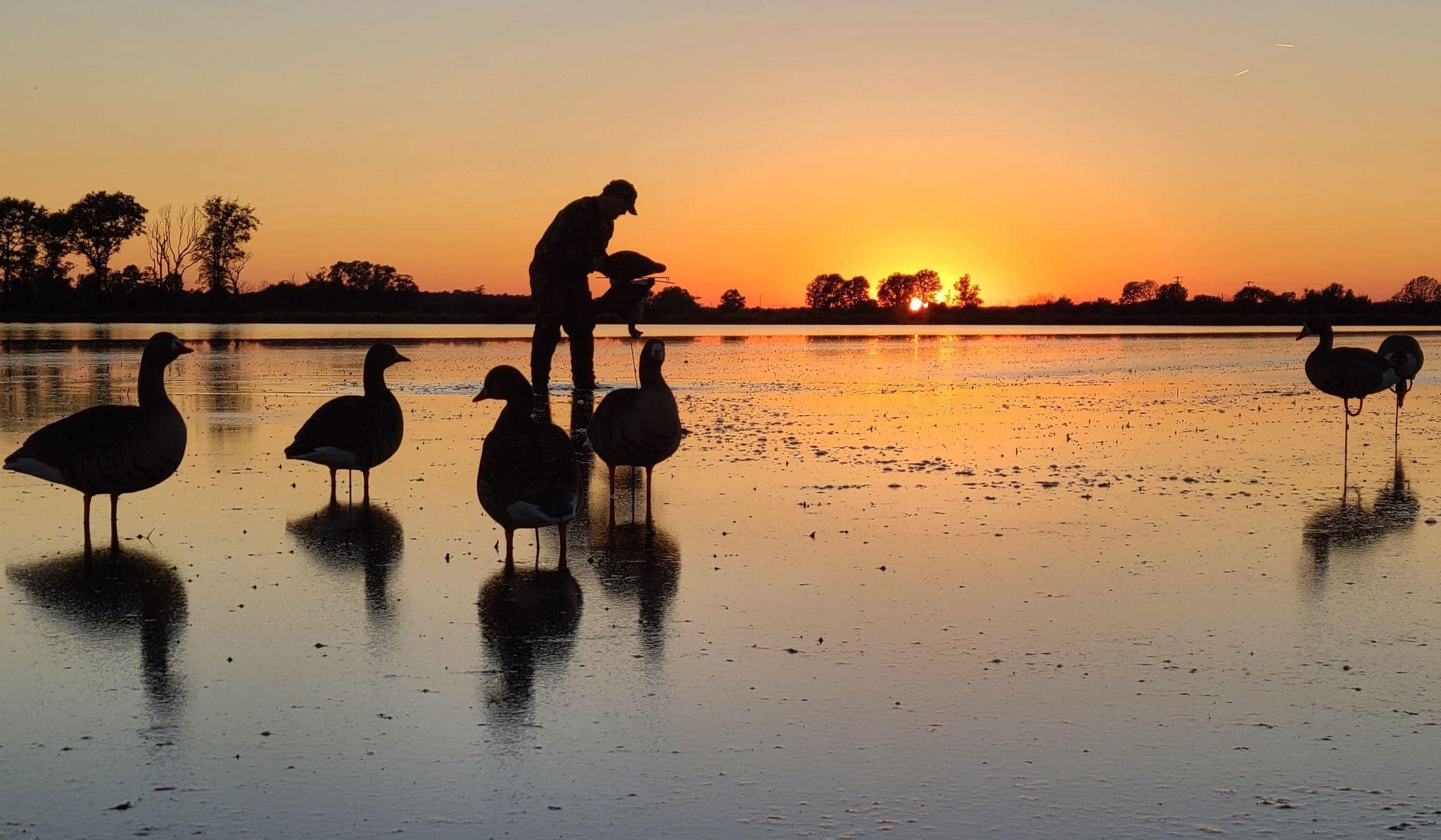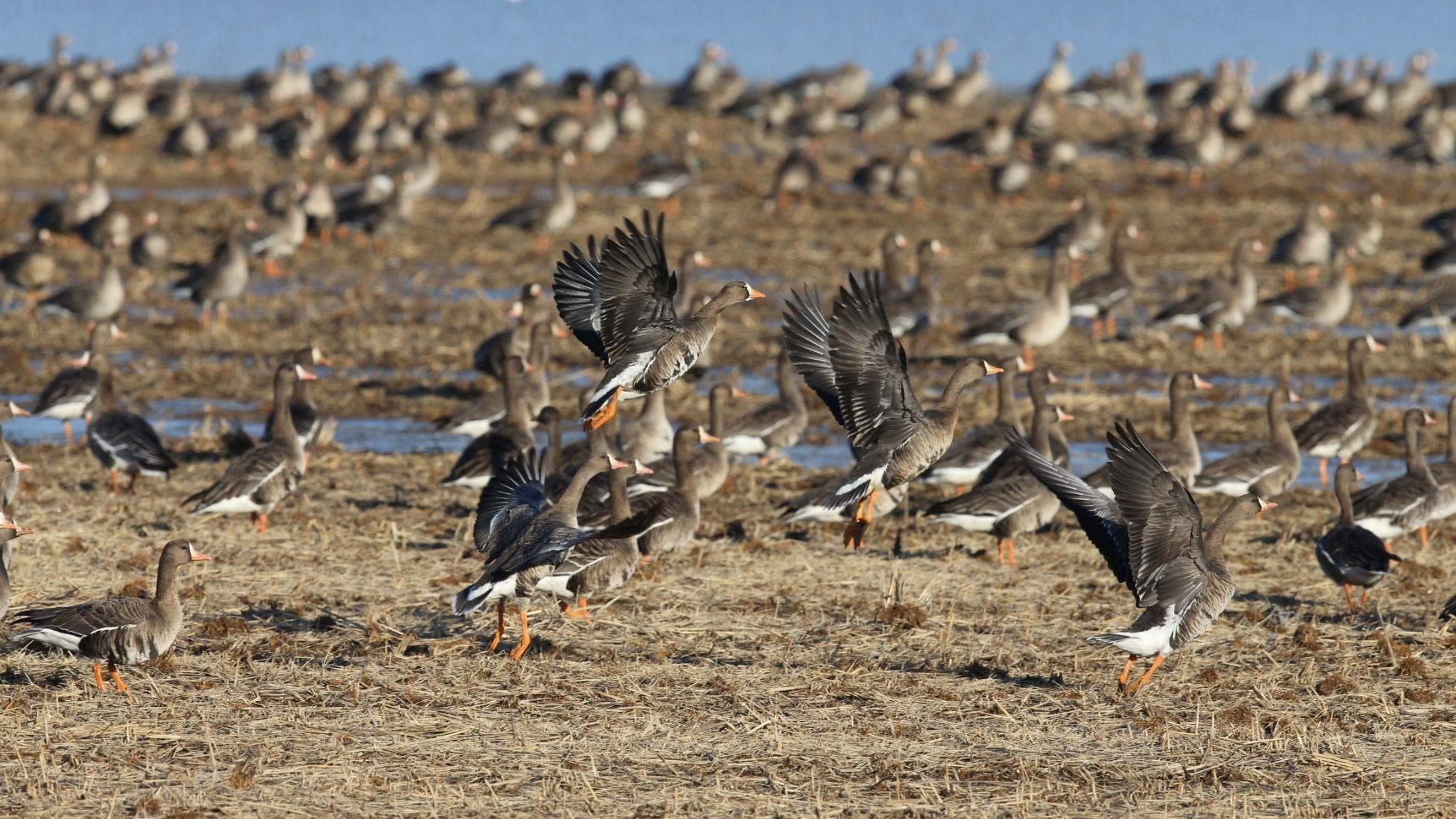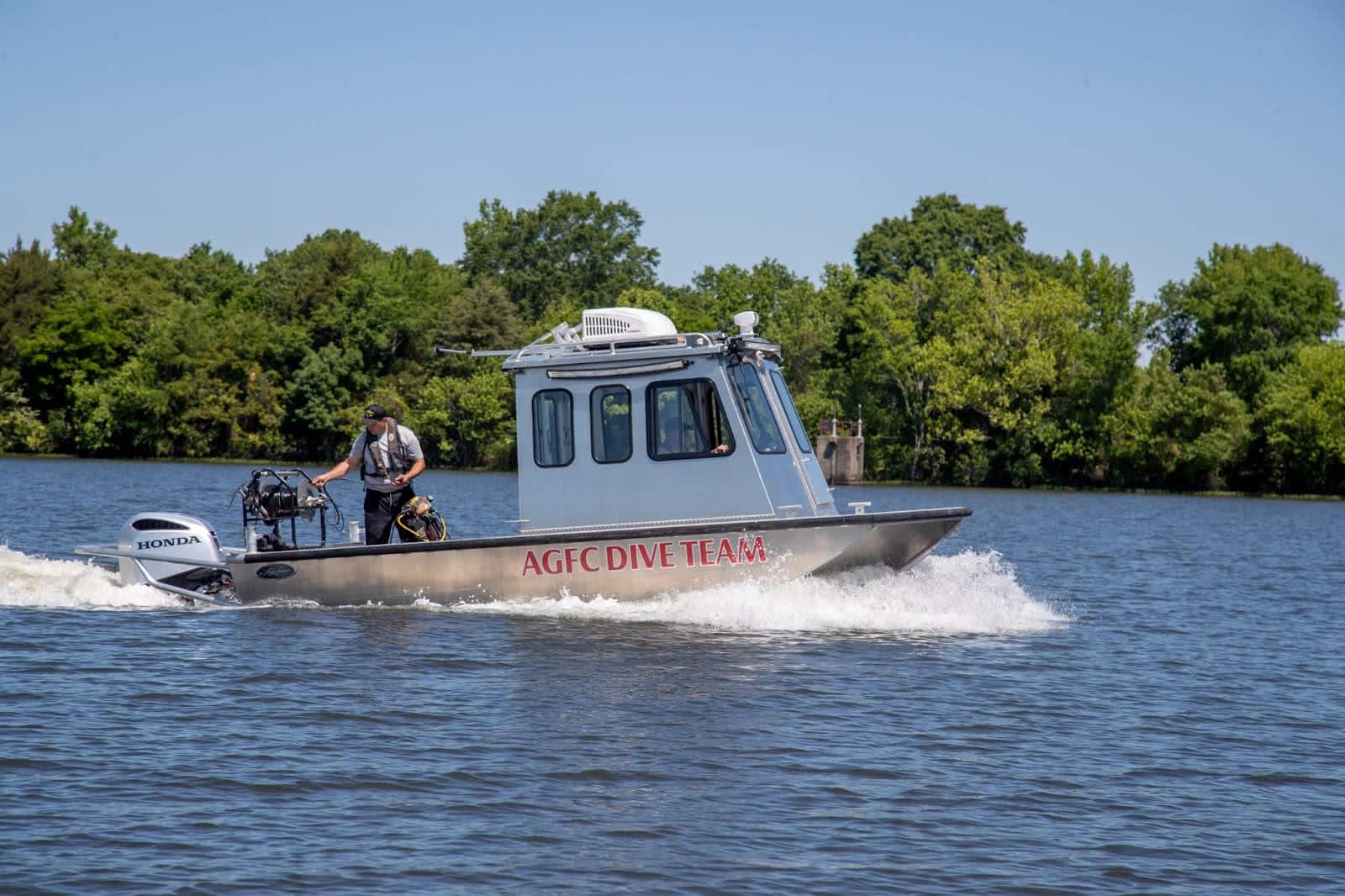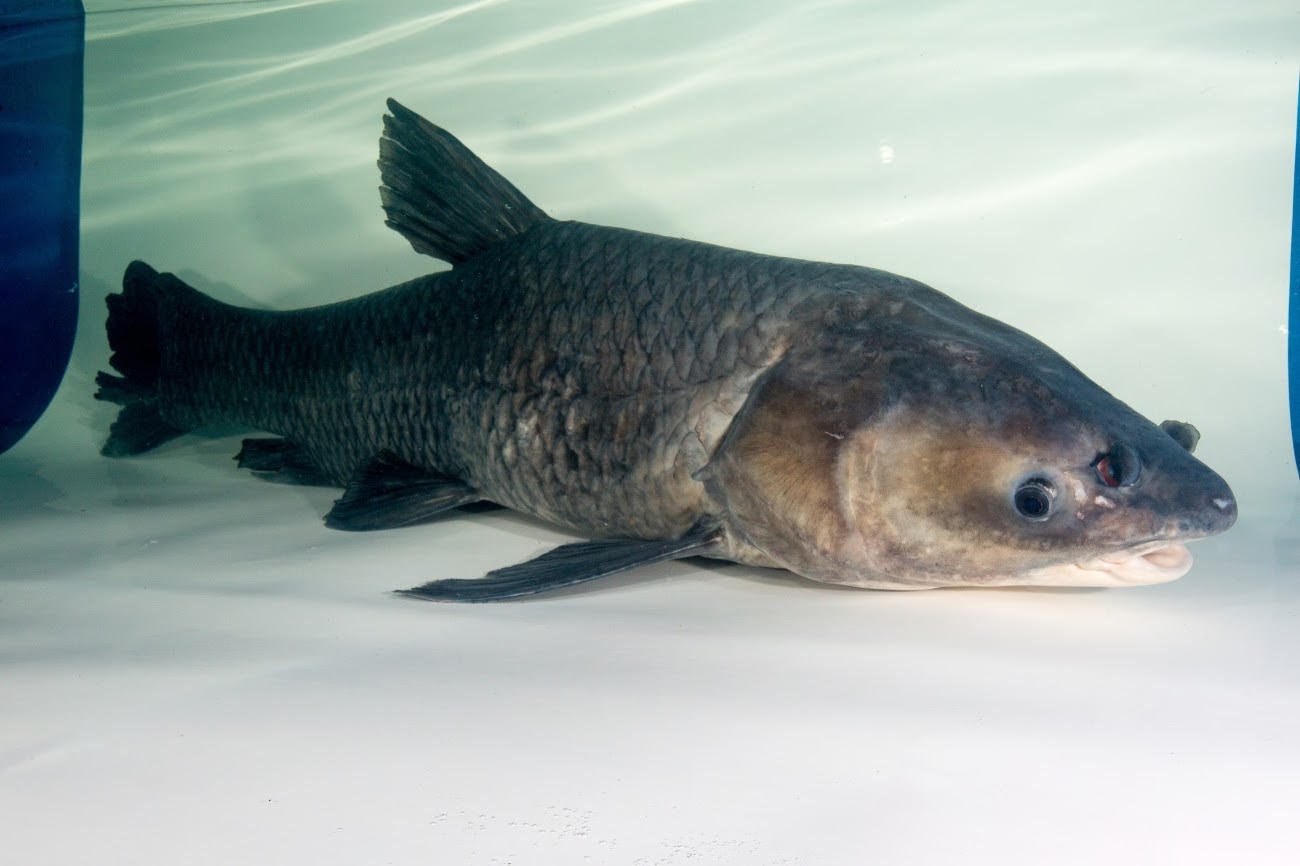WRICE was nice during last duck season
BY Jim Harris
ON 03-08-2024

The Arkansas Game and Fish Commission’s Waterfowl Rice Incentive Conservation Enhancement program shifted in its fifth year from Wildlife Management Division oversight to the Private Lands Habitat Division for the 2023-24 duck season, and hunter participation continues to swell.
WRICE applications regularly hit all-time highs during a season that, coincidentally, may have been the worst in at least 15 years in total ducks harvested as well as total ducks and mallards surveyed on the landscape.
“Two things; one is, let’s focus on the habitat first,” Garrick Dugger, Private Lands Habitat Division chief, said. “Especially in a dry year like this, it’s so hard for farmers to keep their fields flooded. Having these farmers to have this surface water available was important to ducks. It also proved that when we have a dry year like this, having a program available for the public is also important with the number of applications that we saw this year.
“We had a record number of applications for multiple weeks throughout the season. That was not just one week, but we broke records for many weeks. The previous record was 500-something applications, and we broke it multiple weeks.”
When WRICE began, its first goal was to incentivize farmers to keep rice or the remnants of it on fields after harvest as food for migrating waterfowl. The next component, which began the next year of the program, was allowing weekend hunting with a permit. By the third year, more than 40 fields across much of the Delta and some in other regions were available for hunters.

This year, the private lands biologists secured 30 landowners to offer up to 78 fields, though water limitations kept that number in the 50s to 60s until late in the season.
“Not only is that program important to waterfowl to have water on the landscape when they get here during the winter migration, it’s really important also to the public to have additional access to areas to hunt during a dry year,” Dugger said.
The cost runs about $575,000 for leasing hunting acreage, which last season was more than 5,300 acres at $150 an acre. The outlay doesn’t include staff time required to monitor the fields weekly and brush blinds. Three Ducks Unlimited staffers helped monitor fields last season, Dugger said.

The program has been funded through a Volunteer Public Access grant that the AGFC obtained from the National Resource Conservation System through the federal Farm Bill.
The allocation has expired, and Congress has not passed the newest Farm Bill. “(The AGFC) is currently looking for opportunities to fund it next season,” Dugger said.
“Is it perfect? Absolutely not. Did we have some hiccups? Absolutely. But by and large what I saw on a week-to-week basis was we didn’t have very many issues. Now, it takes a tremendous amount of staff effort to run this program. But, the two takeaways for this program are: Ducks need it during dry, drought years like this, and the public really seeks and uses this opportunity.”
####
CUTLINES
SUNSET
Landowners had very little water to work with during the 2023-24 waterfowl hunting season, but many WRICE fields still offered huntable conditions.
GEESE
White-fronted geese have been hot targets on fields in the WRICE program, as have mallards, teal and shovelers.
RICE HARVESTING
The AGFC’s WRICE program helps prevent farmers from tilling so waterfowl wintering in Arkansas can take advantage of the remnants of the annual rice harvest.
Recent News
Subscribe to Our Weekly Newsletter E-mails
Don’t miss another issue. Sign up now to receive the AGFC Wildlife Weekly Newsletter in your mailbox every Wednesday afternoon (Waterfowl Reports are published weekly during waterfowl season and periodically outside the season). Fishing Reports arrive on Thursdays. Fill in the following fields and hit submit. Thanks, and welcome!


